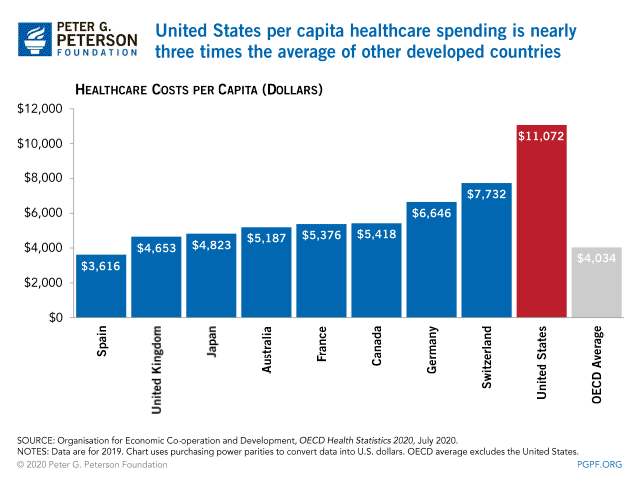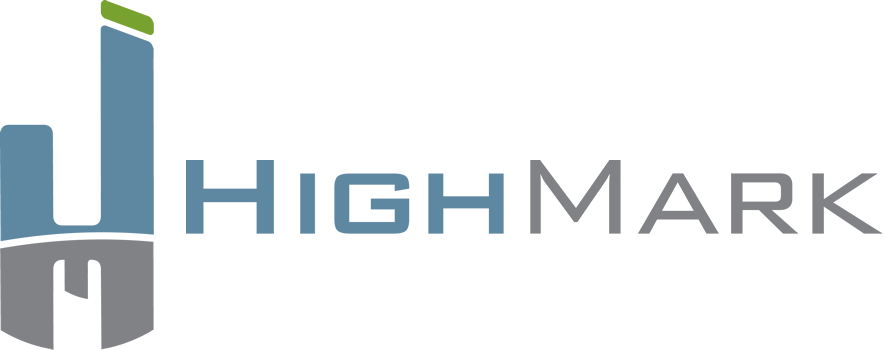The United States spends more money on health care costs per capita than any country in the world by a meaningful margin, and those costs are expected to continue growing at rates twice as fast as current general inflation in the next few years[1]. According to a Merrill Lynch study, eighty percent of Americans have significant concerns about health care costs during retirement[2].

As health care costs continue to climb and the population of the US continues to age, those costs are becoming a larger proportion of retirees’ expenses. The question then becomes, what tools do individuals have at their disposal to help them overcome or mitigate these increasing costs? The Health Savings Account (“HSA”) allows an individual to set aside pre-tax money to assist with saving for future health care expenses.
Health Savings Accounts have been around since 2003 and were initially created to provide individuals in high-deductible health plans (“HDHP”) a way to receive tax-preferred treatment on money saved for future medical expenses. With an ever-evolving health care landscape in the US, high-deductible plans have become a more commonplace offering by employers these days, leading to more demand for HSAs. The IRS defines high-deductible plans as any plan with a deductible of at least $1,300 for an individual or $2,600 for a family[3].
Once an individual establishes a health savings account, it can ultimately function like a 401(k) that is specifically earmarked for medical expenses.
The dollars contributed into an HSA can be rolled over year to year rather than needing to spend it in the year contributed. In other words, no “use it or lose it” rule exists as it does for other medical benefit options like Flexible Spending Accounts (“FSA”). For this reason, the account can have a multi-year, long-term time horizon. This allows employers to offer a menu of investment choices to invest those funds over time, similar to what you would see in a 401(k) plan. Individuals can then use those funds in the future for non-covered medical expenses, some Medicare premiums and other out-of-pocket health care costs. The opportunity to invest HSA assets is woefully underutilized as only 3.8% of all current HSA accounts are actually taking advantage[4], with the remainder simply keeping the funds in cash.
HSAs also represent one of the most tax-efficient investment vehicles available to investors, as they can be viewed as having a triple tax benefit.
- Contributions Made on a Pre-Tax Basis – assets can be deducted directly from your paycheck. Just like pre-tax contributions to your 401(k) or deductible IRA contributions, this allows you to lower your current tax bill.
- Tax-Deferred Growth – much like qualified plans, income and earnings growth are not taxable as they are earned so the account grows without the hindrance of current taxation.
- Potentially Tax-Free Distributions – if distributions from the account are made for qualified medical expenses, then they are tax free and you are never taxed on the income or growth of the investments.
Other qualified plans typically touch on two of these three benefits but an HSA is one of the only options that provides that extra boost to an individual’s lifetime tax situation.
While an HSA appears to be an effective tool to mitigate the rising cost of health care, it is not a panacea for all medical expenses. Currently, the annual limit on contributions to an HSA is $3,400 for an individual and $6,750 for a family, well below the current per capita annual cost in the US (see chart above). Additionally, while the HSA may help prepare for future medical expenses, because an HSA must be linked to a high-deductible health plan, a family’s current out of pocket expenses may be much higher than alternative medical plans such as PPO options. Unlike other qualified plans like an IRA or 401(k) in which you can use those savings for any purpose, distributions from your HSA can only be used for qualified medical expenses. If distributions are made for any other purpose, they become subject to current income taxes and a 20% penalty.
In spite of these drawbacks, HSAs offer individuals another arrow in their quiver to help plan for what is a growing part of their overall retirement expenses. With proper planning and oversight, a Health Savings Account could be an effective way to help individuals plan for the rising cost of health care later in life and allow them to more fully enjoy retirement with the peace of mind that they have a specific group of assets set aside to support those costs.
To learn more about Health Savings Accounts and other long-term savings vehicles, please contact HighMark Wealth Management.
Sources:
[1] https://www.healthcare.gov/glossary/high-deductible-health-plan/
[2] https://www.plansponsor.com/70-employers-now-offer-hsas/
[3] https://www.pwc.com/us/en/health-industries/health-research-institute/behind-the-numbers.html
[4] https://www.benefitnews.com/news/hsas-and-401-k-s-are-becoming-more-closely-linked
Graph: http://www.pgpf.org/chart-archive/0006_health-care-oecd


